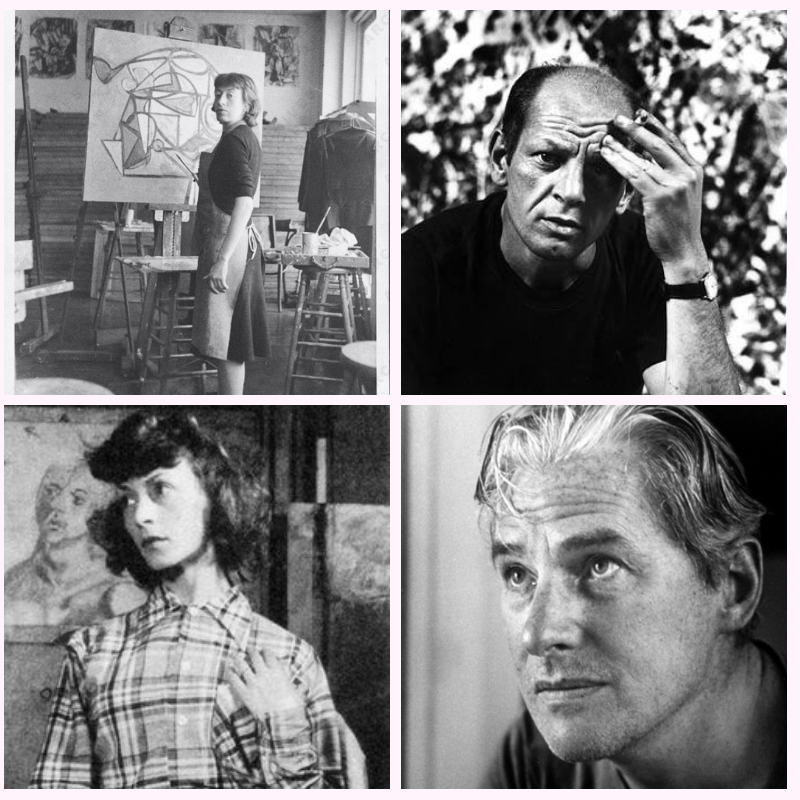Rivalries are inherently fascinating, because they typically affect not only the individual rivals themselves, but also a whole ecosystem that can grow up around a rivalry-- spurring it on, and enabling it. Some of the greatest artists in history have engaged in some seriously curious conflicts. What causes these rivalries is fascinating and vast-- is it art and creativity? Is it money and patronage? Or is it simply ego? And are the artists really in conflict with one another, or does it just appear that way, to us, or to their communities? How have rivalries impacted art?
Today, we are starting an all-new season of episodes dealing with some of the wildest and most complicated rivalries in art history, beginning with the purported feud between Northern European heavyweights Judith Leyster and Frans Hals.




















